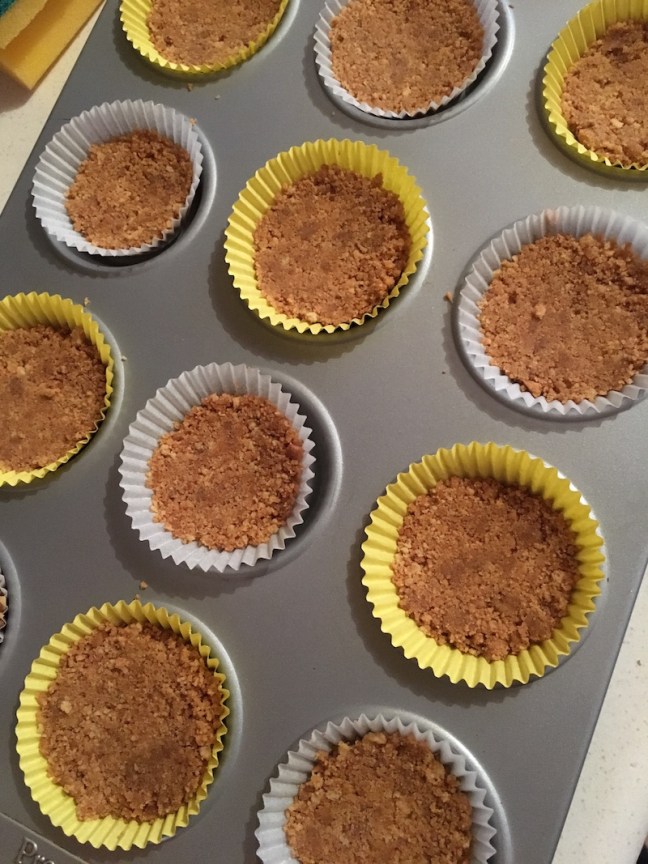Navigating Summer Holidays as a Self-Employed Parent: Finding Balance for You and Your Kids
Summer holidays are meant for ice creams, lazy mornings, and sun-soaked adventures, but for self-employed parents, they often bring a tricky balancing act. No school means no structured hours, and suddenly your work schedule and your kids’ needs are vying for attention at the same time.
Here’s how to make the most of the holidays for you and your kids without losing your mind (or your deadlines).

Working from Home is not a Childcare Option
Despite what many people think, working from home does not mean that you don’t need childcare. Trying to work as well as keeping the kids entertained do not go hand in hand. I’ve had many a parent, and even family comment on how easy it must be with the kids as I work from home.
Imagine taking your child to work with you, whilst you take meetings, talking to people without being interrupted every 3 seconds and concentrate on your work in more than 15 minute bursts without being asked for a snack, to look at something or check that they’re not doing something they shouldn’t – give it a go and then tell me that it’s a breeze working from home whilst looking after the kids.
Plan Ahead as a Family
Get out the calendar and start working out what days you have to work (I base mine around client deadlines) and what days are just for fun. If you have childcare then add these so that everybody (including the kids) know where they’re going to be each day. if like me you have to work around the kids, then block times out when the kids are in bed or are involved in activities which will allow you to work.
Set Realistic Work Hours
As from the calendar, make sure you make this realistic. I like to plan my work in two hour blocks with a to-do list that reflects that. This means that I get the work I need to complete done, and I’m not left feeling overwhelmed and the kids are not being left to their own devices. You might not get it right this school holidays, but learn from your mistakes which will hopefully make next time a bit easier.
Build in Kid-Friendly Work Areas
This is very dependent on your child. If there’s a possibility that you could do some work whilst they do a quiet craft then this may be a good option. I suggest things like Playdoh, Hama Beads, jigsaws and colouring.
My advice for this would be to save these times for tasks that need less of your concentration because there’s no doubt that whilst they may sit quietly and play, they are likely to want you to look at (x 100) whatever it is they’re doing.
Screen time and tablet time can also be a good aid to help with this – in moderation.
Schedule Fun Stuff
Make sure the summer isn’t all work and chores. Even short, planned activities like an ice cream outing, a park trip, or a family movie afternoon can make a huge difference. Get everyone involved in picking the activities and make these as work free as possible. It’s not just the kids that need downtime – you do too!
Embrace Flexibility (and Let Go of Guilt)
Self-employment often means flexibility is your superpower. Some days, work may spill over into family time, and some days you might drop everything for a spontaneous adventure—and that’s okay. Summer is as much about memories as it is about productivity.
Outsource
If it’s possible, outsourcing some of your work to give you a lighter load may be an option. If this isn’t possible then make sure that you do the ‘must do’ work first, plan to make sure you can hit deadlines without causing any stress.
The biggest thing is to keep communicating with your clients or customers. Let them know that your working week is going to be slightly different than usual. Give them days that’s best to contact you, or not if that’s the case. As long as you’re getting the work done within your contract, it should be entirely up to you when this work takes place. If you have non-negotiable meetings, put them on the calendar.
Reflect and Adjust Weekly
Each week, review what worked and what didn’t. Maybe mornings are better for focused work, or your kids are more independent after lunch. For me, my son let’s me do some work in the morning when he’s quite happy playing in his bedroom or on his tablet, but the afternoons he want’s my attention so this works for us. I also do work when my partner put’s him to bed. We do have a teenage daughter but she’s not keen on helping with any babysitting tasks (not even with a bit of bribe money).
Ditch the Guilt
We can’t win!
Whether you’re a stay at home mum or working 9 – 5, we all have mum guilt piled on us for various reasons, but remember that this guilt isn’t put onto us by our kids but my our fellow Mums. It’s the working mums that think that the stay at home mums have it easy, it’s the stay at home mums that think we shouldn’t have had kids if we weren’t going to look after them….you know the drill.
So as you can see, being a self-employed parent who works from home is not a walk in the park – it’s just maybe different from your own work situation. We still have to juggle!














 What you will need:
What you will need:




